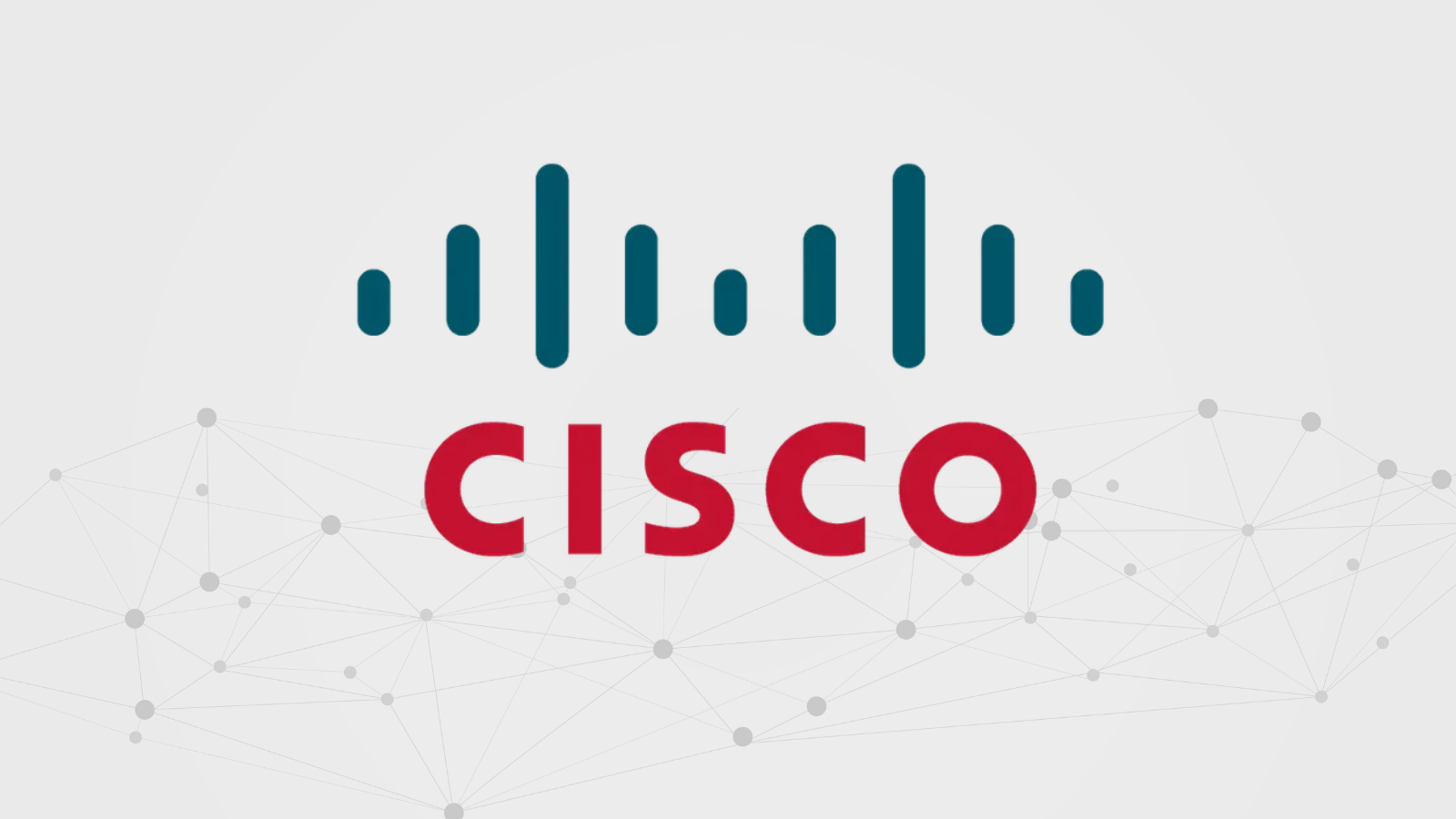
Hackers Scanning Cisco ASA Devices to Exploit Vulnerabilities from 25,000 IPs
Urgent Threat: Unprecedented Scanning for Cisco ASA Vulnerabilities by 25,000+ IPs
The cybersecurity landscape is constantly shifting, but some threats emerge with an alarming intensity that demands immediate attention. Such is the case with a recent, unprecedented surge in malicious scanning activity targeting Cisco Adaptive Security Appliances (ASAs). In late August 2025, over 25,000 unique IP addresses launched coordinated reconnaissance efforts, marking a significant escalation in the pursuit of exploitable vulnerabilities. This dramatic increase, observed by threat intelligence firm GreyNoise, indicates a highly organized and widespread attack surface enumeration by malicious actors. For IT professionals, security analysts, and network administrators, understanding this threat and implementing proactive defenses is paramount to safeguarding critical infrastructure.
The Escalation: A Tale of Two Scanning Waves
GreyNoise’s analysis revealed two distinct waves of scanning, collectively representing a monumental deviation from typical baseline activity. Normally, Cisco ASA scanning activity involves fewer than 500 unique IPs. The observed surge of over 25,000 IPs is a clear indicator of a highly coordinated and dedicated effort to identify vulnerable Cisco ASA devices on a global scale. This level of reconnaissance suggests that attackers are likely preparing for a widespread campaign of exploitation, aiming to capitalize on unpatched systems.
Why Cisco ASA Devices are a Prime Target
Cisco Adaptive Security Appliances (ASAs) are widely deployed network security devices, serving as firewalls, VPN concentrators, and intrusion prevention systems for organizations of all sizes. Their critical role in network perimeters makes them an incredibly attractive target for attackers. Compromising an ASA device can provide adversaries with deep access into an organization’s internal network, allowing for data exfiltration, service disruption, or further lateral movement within the compromised environment.
While the specific vulnerabilities being targeted in this recent scanning spree were not explicitly detailed in the source, historical data points to several known and high-severity weaknesses in Cisco ASA software. These include:
- CVE-2018-0101: A critical remote code execution (RCE) vulnerability in the AnyConnect SSL VPN feature.
- CVE-2020-3452: A path traversal vulnerability in the web services interface, allowing unauthenticated remote attackers to read arbitrary files.
- CVE-2020-3187: A disclosure vulnerability that allows an authenticated, remote attacker to retrieve sensitive information.
The continued scanning for these and other vulnerabilities highlights the ongoing risk posed by unpatched or misconfigured Cisco ASA devices.
Remediation Actions and Proactive Defenses
Given the severity of the observed scanning activity, immediate action is required to protect Cisco ASA devices. Organizations must prioritize the following remediation steps:
- Patch Management: Immediately verify that all Cisco ASA devices are running the latest patched software versions. Consult Cisco’s official security advisories and apply all critical and high-severity patches without delay.
- Network Segmentation and Access Control: Implement strict network segmentation to limit the attack surface. Ensure that ASA devices are not directly exposed to the public internet unless absolutely necessary, and ideally, only on specific, well-defined ports and services.
- Strong Authentication: Enforce strong, multi-factor authentication (MFA) for all administrative and VPN access to ASA devices.
- Logging and Monitoring: Enhance logging capabilities on ASA devices and integrate logs with a Security Information and Event Management (SIEM) system. Monitor logs for unusual activity, failed login attempts, and indications of scanning or exploitation attempts.
- Regular Audits: Conduct regular security audits and penetration testing of your Cisco ASA configurations to identify and address potential weaknesses before attackers exploit them.
Essential Tools for Detection and Mitigation
Leveraging the right tools can significantly enhance your ability to detect scanning activity and mitigate potential exploits.
| Tool Name | Purpose | Link |
|---|---|---|
| GreyNoise Intelligence | Identifies internet-wide scanning activity and benign vs. malicious IPs. | https://www.greynoise.io/ |
| Cisco Security Advisories | Official source for vulnerability information and patches. | https://tools.cisco.com/security/center/publicationListing.x |
| Nmap (Network Mapper) | For network discovery and security auditing (for internal use/testing only). | https://nmap.org/ |
| SIEM Solutions (e.g., Splunk, ELK Stack) | Centralized log management and security event monitoring. | Varies by solution (e.g., https://www.splunk.com/) |
| Vulnerability Scanners (e.g., Nessus, OpenVAS) | Automated scanning for known vulnerabilities in network devices. | Varies by solution (e.g., https://www.tenable.com/products/nessus) |
Conclusion: Stay Vigilant, Stay Secure
The recent surge in scanning activity targeting Cisco ASA devices is a stark reminder of the persistent and evolving threats organizations face. The coordinated nature of this reconnaissance, involving tens of thousands of unique IP addresses, signals a significant intent from malicious actors. Proactive patch management, robust security configurations, enhanced monitoring, and strong authentication are not merely best practices but critical necessities. By understanding the threat landscape and implementing these defensive measures, organizations can significantly reduce their risk exposure and protect their vital networks from compromise.





